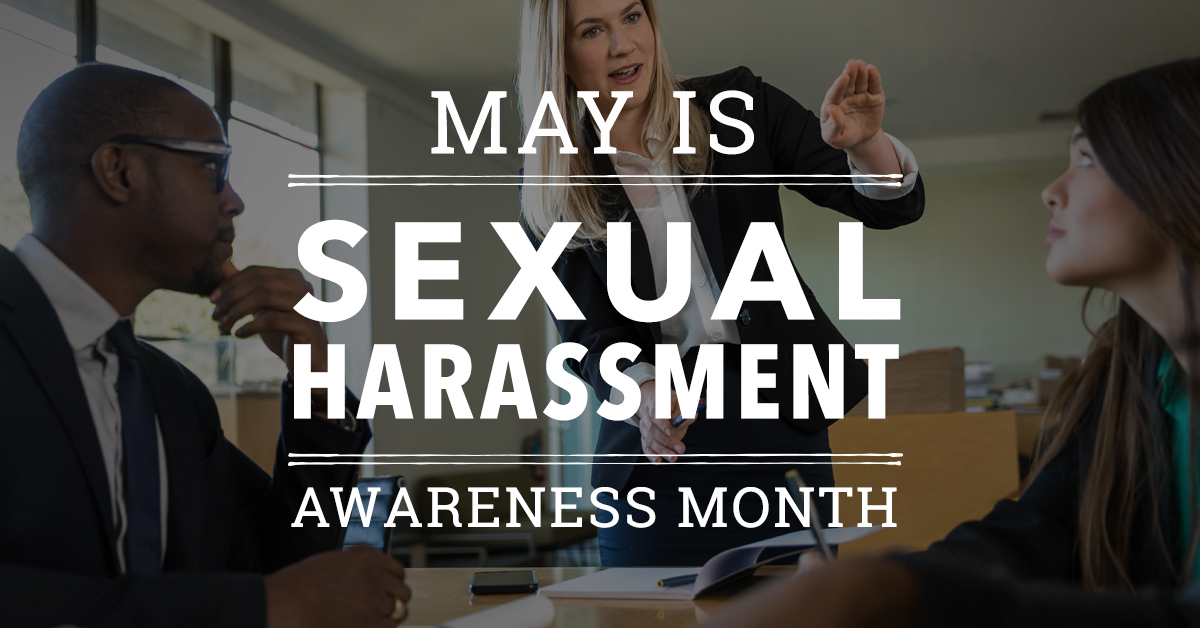How Sexual Harassment is Different Than Sexual Assault

SHARE
FULL STORY
SHARE
May is Sexual Harassment Awareness Month. April was Sexual Assault Awareness Month. How are sexual harassment and sexual assault different?
Los Angeles, CA (Law Firm Newswire) May 11, 2017 – Sexual harassment and sexual assault are illegal offenses that are easily confused. They differ, however, in significant ways. In general, sexual harassment refers to harassment in the workplace, or other professional situation, which includes sexual remarks or unwelcome sexual advances. Sexual assault, on the other hand, refers to non-consensual sexual touching of a person, or a sexual act in which a person is coerced or forced to engage against their will.
One main distinction between sexual harassment and sexual assault is that sexual harassment is directly linked to the victim’s employment or school. Sexual assault, on the other hand, is a criminal offense that can occur in any place or situation. Also, sexual harassment is a civil rights issue, while sexual assault is criminal assault of a sexual nature.
Another main distinction is that sexual harassment does not always involve physical contact, but sexual assault does. While sexual harassment can involve physical contact, it can also involve verbal harassment of a sexual nature.
Sexual harassment is a form of gender discrimination that is unlawful under state and federal law. Forms of sexual harassment can include unwanted sexual advances, sexual requests, or other verbal or physical conduct of a sexual nature. Some examples include requests for sexual favors, sexually explicit language or photographs displayed in the workplace, verbal harassment of a sexual nature, unwanted touching, unwelcome sexual advances or physical acts of sexual assault.
There are two types of sexual harassment: quid pro quo and hostile environment. Quid pro quo sexual harassment refers to making conditions on a victim’s employment dependent on sexual favors. A hostile environment occurs when a person is subjected to unwanted sexual remarks or behavior that is so severe or pervasive that it negatively affects a person’s work performance or creates a hostile, intimidating and/or offensive work environment. In this case, the victim does not necessarily need to be the person at whom the sexual behavior is directed.
In contrast, sexual assault occurs when sexual behavior or contact is engaged without the victim’s explicit consent, including when the victim is unable to give consent. Some activities that fall under the definition of sexual assault include forced sexual intercourse or forced penetration of the victim’s body (also known as rape), forcible sodomy, forcing the victim to perform sexual acts, child molestation, incest, fondling or unwanted touching, and attempted rape.
Examples of conduct that can take place during sexual assault include physical force, violence, intimidation or threats, ignoring the victim’s objections, taking advantage of a person who is too intoxicated to offer consent (including voluntary intoxication) or intoxicating a person (through drugs or alcohol) in order to take advantage of them.
Victims of sexual assault should seek medical attention right away. Victims of sexual violence should consider seeking support from a local sexual violence center, hospital and police.
One thing that sexual harassment and sexual assault have in common? It is never the victim’s fault. If you have been a victim of sexual harassment, consider calling an attorney like Strong Advocates who can help you get the justice you deserve.
Strong Advocates
6601 Center Drive West
Suite 500
Los Angeles, California 90045
https://www.strongadvocates.com/
MEDIA CONTACT
Betsy Havens
Phone: (800) 870-9886 or direct line (424) 209-2884
Email: betsy@strongadvocates.com

